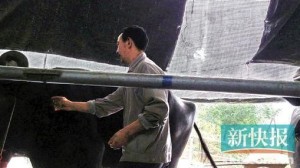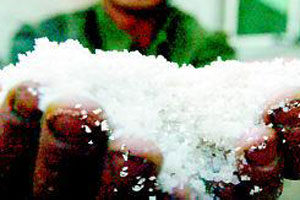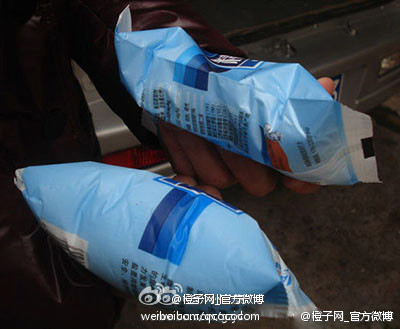Dairy farmers in Foshan feeding cows oxytocin
Posted: 03/28/2014 2:00 pmRecently, we told you about the industrial salt being passed off as table salt throughout Guangdong. The most recent staple to watch for however, is your milk.
About 300 kilograms of cow milk injected with oxytocin may have been sold to Shunde, Guangzhou and other cities in Guangdong Province, New Express Daily reported on March 27.
An unlicensed dairy farm in Gaoming district in Foshan has been using the hormone on cows to increase the amount of milk extracted. The drug, often used on women to induce labour, is injected into cows to induce muscle contraction around the cows’ nipples, causing milk ejection out of the glands and milk ducts.
A self-professed vet working on the farm told the newspaper’s undercover reporter that they typically use the drug on the cows twice a day to help extract milk. When injected with the drug, cows are often able to produce milk in as little as 15 minutes, said the vet.
When asked by the reporter about the appropriate dosage used, the vet said: “We are quite familiar with what quantity to use. After all, when you use too much, it’s simply a waste of the drug.”
A woman working on the farm told the undercover reporter that about 200 kilos of milk extracted in the morning would be sold to Shunde, and 100 kilos produced in the afternoon would be distributed to Guangzhou. They also supply some milk tea shops (奶茶店), she said.
The potential health consequences of consuming the contaminated milk were not specified in the story, but according to a report by the Indian newspaper, Economic Times, sustained consumption of oxytocin can cause a hormonal imbalance in humans and may harm the reproductive system of animals, thus reducing their life span.
An article by Care2, a US social web portal for green issues, said a substantial part of the oxytocin injected into cows can seep into milk, and children are particularly susceptible to its harmful effects. Side effects include: imbalanced hearing, reduced vision, and lethargy.
Besides oxytocin, the reporter at the farm witnessed the use of antibiotics, vitamins, Chinese herbal medicines and penicillin.
Home page and content photo credit: New Express Daily














